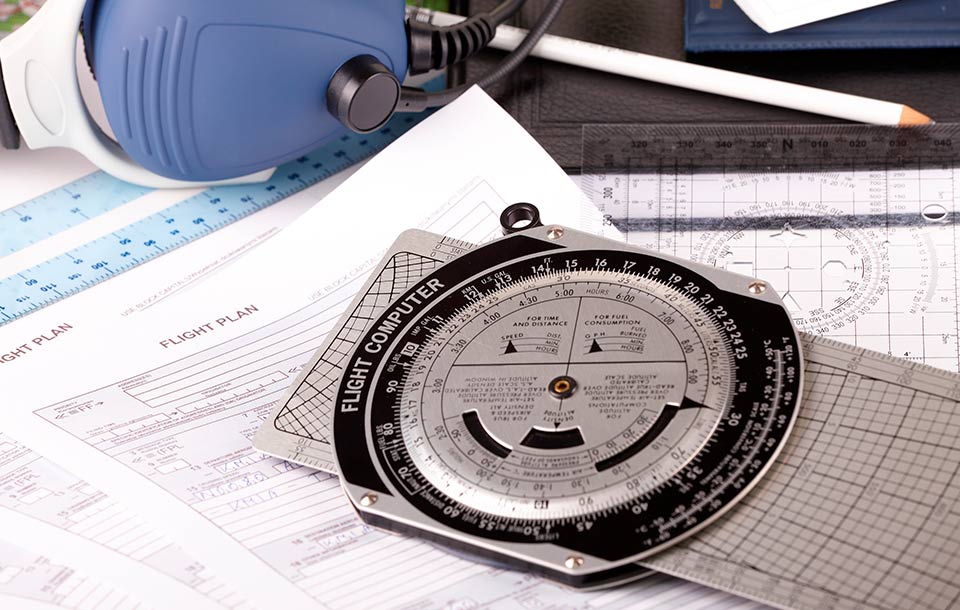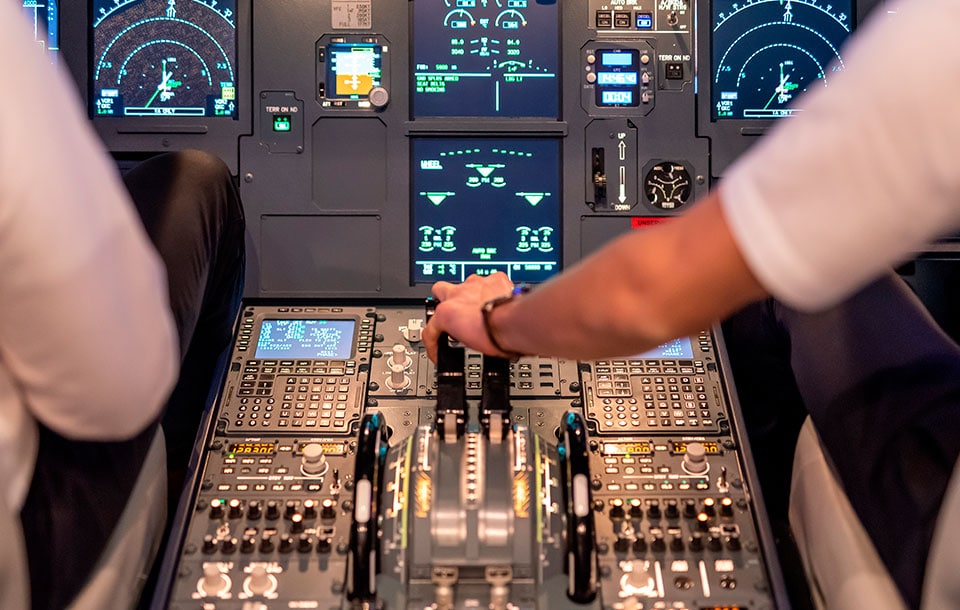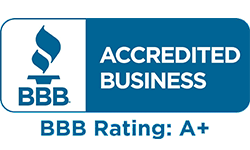Instrument Rating Training Programs Pricing
| Aircraft: Cessna 172M | $160 / hour | 25 Hours | $4,000 |
| Flight Simulator | $65 / hour | 20 Hours | $1,300 |
| Instructor | $75 / hour | 45 Hours | $3,375 |
| Ground Instruction | $75 / hour | 20 Hours | $1,500 |
| Total | $10,175 |
| Time Building | $150 / hour | 30 Hours | $4,800 |
| Total | $14,975 |
Written Test $150.00 and Examiner Fee $700.00 paid directly to testing facility and DPE
Top-Rated Flight Training Programs At Classic Air Aviation
As a pilot, the mastery of aircraft instruments is crucial to navigating in adverse conditions. An instrument rating will represent your professional ability to function and control an air vessel, even in the circumstance of limited to zero visibility. This training will develop your aptitude to operate an aircraft utilizing only the instrumentation of the aircraft. The obvious benefits of such a rating include professional repute, and will also testify to your faculty, safety and aptitude as a pilot. Some state that this rating will qualify you for greater career opportunities, reduced insurance rates, and unrestricted commercial certification. This type of rating is almost critical to aviators who intend to operate in coastal areas, and under conditions of severe climes and climates. Get started with Classic Air Aviation today.
Experience the
Classic Air Difference
✓ Comprehensive Pilot Training Programs
✓ Fast-Track Private Pilot Licensing
✓ BBB A+ Accredited Flight School
✓ Programs Optimized for Productivity
✓ Five Star Flight School in Arizona
✓ US & International Flight Students
✓ Student Pilot Financing Available

Earn Flight Hours With Our Arizona IR Training Programs
Build Your Flight Time & Get Instrument Rating Certification
Pilots typically need to build approximately 120 hours of flight time to be eligible for the commercial license after completing the private pilot license and instrument rating. Depending upon which aircraft is used for time building and how many hours a pilot needs for a total of 250 hours.
There are some requirements you must possess in accordance with 14 CFR 61.65. The requirements are as follow:
Instrument Rating FAQs
Train With A Redbird Flight Simulator
& Dozens Of Airplanes
FAA-Approved Flight Simulator Near You


Fly In IMC & Operate An Aircraft
Using Only Its IFR
Instrument Rating Allows You To Fly In The Clouds Or Bad Weather
By learning how to fly with instruments, you will show that you can pilot a plane through adverse weather without any issue. It means that you will rely on the instruments of the plane and not by sight. It is an important skill for pilots to learn.







